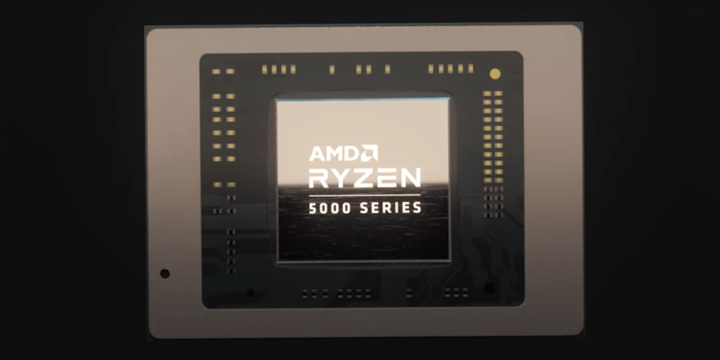By François Laramée. From the Local Journalism Initiative
–
The City will devote a budget of $ 350,000 to it.
Like other libraries in Quebec, Canada and elsewhere in the world, the 150,000 documents in the Boucherville library will benefit from the implementation of RFID technology in 2022 thanks to an investment of 350 $ 000 provided for in the three-year capital expenditure program of the City of Boucherville, which includes the costs of installing new technological infrastructures allowing the loan and return of documents. The introduction of this technology aims to ensure the ease of use by users of the new autonomous services: it will also allow more efficient management of activities linked to their circulation.
The Montarville-Boucher-De-La Bruère library has 15,000 subscribers and a little over 150,000 documents, whether books or audiovisual documents, such as music, films, video games and audio books.
In 2019, 42,000 loans of paper documents were made and 15,000 loans of digital documents.
Although the data has not yet been fully counted, the year 2020 is expected to see a sharp increase in digital book loans, but a decrease in paper book loans due to the closure of the library. for several months due to the pandemic.
The acronym RFID (Radio Frequency Identification) is commonly used to denote radio frequency identification technology. This technology ensures the exchange of information by means of radio waves, between an object equipped with one or more electronic chips and a computer system, using a dedicated reader.
RFID technology can be found in several areas of everyday life. It is used in particular for retail, prepaid cards, access control to buildings or services, public transport and geolocation.
In libraries, electronic chips are associated with each document by means of RFID labels. Also, RFID readers are integrated into certain staff stations, self-service checkout and return devices as well as security gates. These RFID readers are equipped with antennas which, by emitting radio waves, communicate with the tags that are within their detection range.
The main advantages of this technology are the simplicity and speed of execution of tasks. Since it is sufficient to place the electronic chip within the range of the RFID reader, imprecise manipulations are required to record a transaction. Also, the communication time is fast.
The bullets only contain coded, minimal, and specific information about the document, such as its number, format (printed, disc, etc.), the library that owns it and the security status associated with it.
–


